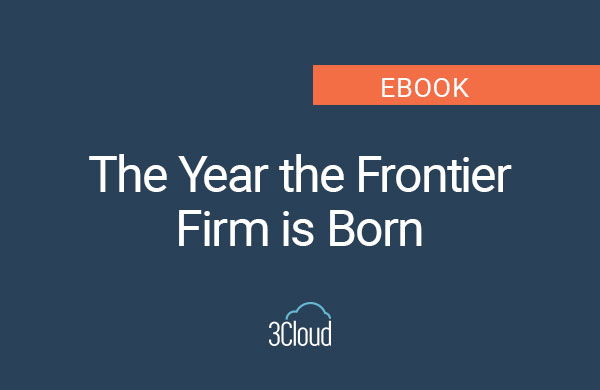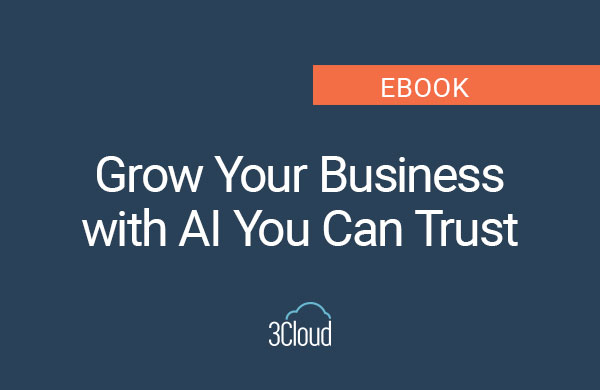
During the COVID-19 pandemic and subsequent economic crisis, we’ve seen consumer behavior change dramatically and in unexpected ways. As one of the key drivers to demand forecasting and planning, this consumer shift has left many businesses wondering how to make accurate business decisions for a seemingly unpredictable future.
Who could have anticipated, for example, that increased demand for hand sanitizer, toilet paper and even pantry staples like flour and yeast would cause massive shortages across the country? Or that sales of travel accessories like luggage would suddenly plummet?
Demand forecasting plays a vital role in supply chain management, and can help your business overcome today’s crisis and be more prepared for whatever tomorrow brings.
What is Demand Forecasting?
Companies of all sizes need to be able to meet supply and demand as efficiently as possible since it’s the basis for all strategic and planning decisions in a supply chain.
Demand Forecasting provides an estimate of goods and services that customers will purchase in the foreseeable future.
Demand forecasting directly affects production, resource planning, marketing and finance. So, the accuracy of your predictions are critical to reaching your business goals.
How Demand Forecasting is an Indicator of Business Success
An accurate demand forecast increases customer satisfaction and significantly reduces costs. The goal is to have enough of your product to meet all the customer demand without tying up extra capital in warehouse inventory. When businesses consider seasonal or promotional variations in customer demand, they no longer have to carry high safety stocks, which further reduces the overall costs of the products. Additionally, an effective demand forecast gives businesses an advantage in negotiating shipping costs with their transporters, improving logistics and distribution management. Overall, demand forecasting plays a significant role in budget planning by estimating projected costs and revenues.
While demand forecasting is pivotal for strategic and planning decisions, historically it’s also one of the most challenging parts of supply change management. It’s difficult to predict the future, but with the help of the latest technology and data, we can certainly improve the accuracy of our forecasts.
Today, most businesses generate and collect enormous volumes of data. Companies that can extract useful information from data to solve real business problems will gain a competitive advantage. To do that fast and efficiently, you need to have the right tools. This is where data analytics can help.
Key Performance Indicators to Consider
When it comes to demand forecasting, a few of the most important KPIs that businesses need to track include:
- Stockouts – How many times the customer ordered a product and it was not available
- Delivery times – How long the customer waited for an ordered product
- On-hand inventory – How well inventory levels in the warehouses vary in response to supply and demand fluctuations
Traditional forecasting will only take into account historical and seasonal sales, while advanced analytics can incorporate non-historical data such weather fluctuations, one-time marketing promotion and even social media sentiment. Using predictive analytics and machine learning algorithms, we can now extract specific patterns from huge volumes of unstructured data, find similarities and develop predictions. This provides a higher degree of accuracy and reduces the time needed to create forecasts from days to hours.
See it in Action – Rooms To Go
Rooms to Go is the 25th largest importer in the US by volume, receiving nearly 70,000 shipments of product a year into six distribution centers. With such a massive operation supporting a huge number of product lines, knowing how much of each product to have, where it should go and when it has to arrive is a very complex challenge.
Overbuying resulted in an excess of inventory which would strain the capacity of their warehouses, increasing the risk of misplaced and damaged products, which would ultimately trigger more product returns and dissatisfied customers. With availability as one of their key selling features, underbuying product was also risky and would cost them potential lost sales, as customers do not want to wait weeks for their items to be delivered.
Solution
Rooms to Go enlisted 3Cloud to develop and deploy statistical models that predicted costed sales, purchase orders, and on-hand inventory that can be filtered by division, distribution center, product category and time. Leveraging Microsoft Power BI, 3Cloud visualized the model’s predictions to provide forward-looking supply chain management according to expected sales and distribution center capacity.
Results
Access to these predictive analytics gave Rooms to Go better insight where inventory was headed along with the ability to assess warehouse capacity requirements as the company grows. The RapidInsight solution allowed shipments to be paused or redirected avoiding the cost of re-loading trucks and transferring stock.
The new platform quickly proved its value last July when it showed that the company’s Lakeland distribution center was about to exceed capacity. The company was able to take proactive measures to divert the crisis, ultimately saving them from potential losses.
Todd Daniell, Director of Database Technologies/Application Development at Rooms to Go, said, “The insights that we’ve gained from the RapidInsight solution are having a transformative effect on our core business.”
Invest in the Best Demand Forecasting for Your Business
With the help of advanced analytics and the power of data, companies can significantly improve their demand forecasting accuracy and gain efficiencies in managing their supply chain. This helps them reduce losses, cut unnecessary expenses, and improve overall customer experience.
Now more than ever, leveraging efficient demand forecasting and advanced analytics can help companies like yours overcome the crisis, gain a competitive edge, and improve performance when business returns to the new normal.
Need help putting advanced demand forecasting analytics to work for your business? Let our experts help guide you.





